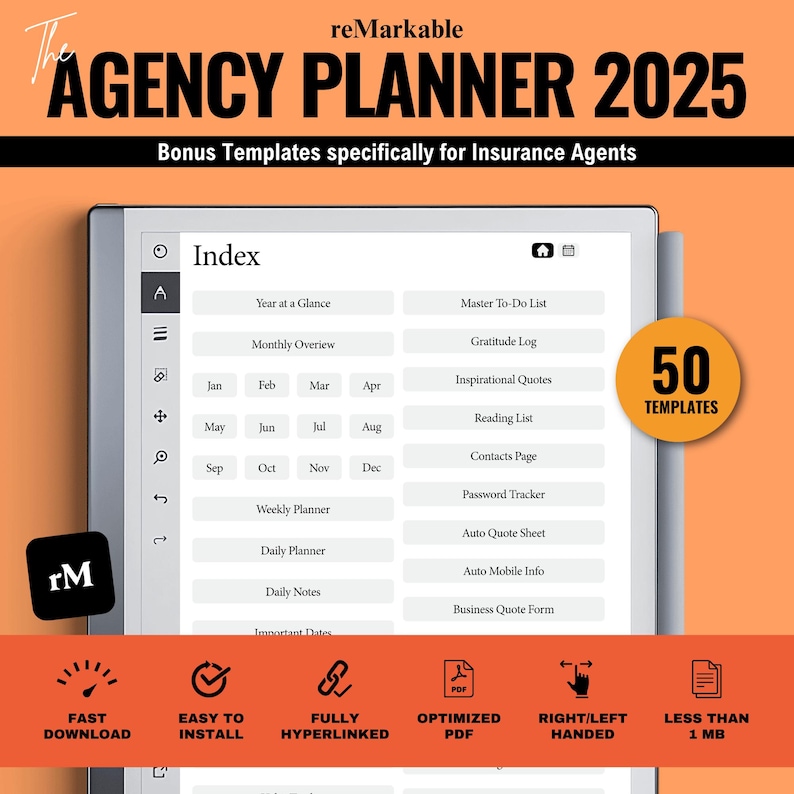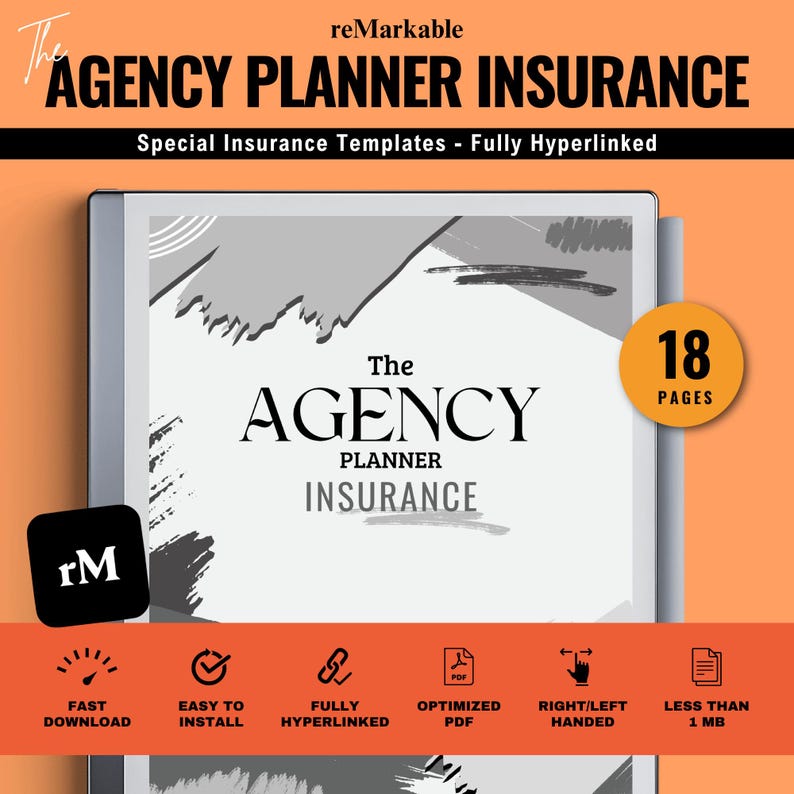When it comes to protecting your boat, understanding your insurance policy is just as important as enjoying time on the water. One of the key factors that can significantly impact your coverage and claims is how your boat’s value is determined—specifically, whether your policy uses Agreed Value or Actual Cash Value. Though these terms might sound straightforward, they carry distinct meanings and consequences that every boat owner should know. In this article, we’ll break down the differences between Agreed Value and Actual Cash Value in boat insurance, helping you make an informed decision that ensures your vessel is properly protected, no matter the waves ahead.
Table of Contents
- Understanding the Key Differences Between Agreed Value and Actual Cash Value Policies
- How Agreed Value Coverage Protects Your Investment in High-Value Boats
- The Limitations and Risks of Relying on Actual Cash Value for Boat Insurance
- Choosing the Right Coverage Model Based on Your Boat’s Age, Condition, and Usage
- Insights and Conclusions
Understanding the Key Differences Between Agreed Value and Actual Cash Value Policies
When deciding between Agreed Value and Actual Cash Value (ACV) policies, understanding the fundamental differences can significantly impact your boat insurance experience. An Agreed Value policy offers a set payout amount for your vessel, agreed upon at the policy’s inception. This figure represents the value you and your insurer settle on, factoring in the boat’s condition, age, and market trends. This means that in the event of a total loss, such as theft or a catastrophic accident, you receive the pre-established amount without depreciation, ensuring financial certainty and peace of mind.
In contrast, Actual Cash Value policies calculate payouts based on the boat’s market value at the time of the claim, accounting for depreciation due to wear, age, and usage. While this approach often results in lower premiums, it can leave you underinsured because your compensation may cover only a fraction of the vessel’s original value. Key considerations include:
- Depreciation impact: ACV adjusts for depreciation, Agreed Value does not.
- Premium cost: Agreed Value policies typically come with higher premiums due to fixed payouts.
- Claim predictability: Agreed Value policies provide clearer expectations on settlements.
How Agreed Value Coverage Protects Your Investment in High-Value Boats
Agreed value coverage offers unparalleled peace of mind for owners of high-value boats by locking in a predetermined payout amount in the event of a total loss. Unlike traditional insurance policies that reimburse based on the depreciated market value, this approach ensures that you receive the full sum both you and your insurer agreed upon when the policy was purchased. This is particularly crucial for luxury or custom-built vessels, where replacement costs can far exceed standard market appraisals. By securing this guaranteed amount, you avoid unforeseen financial shortfalls often experienced after accidents, theft, or catastrophic damage.
With agreed value insurance, you benefit from several key protections that safeguard your investment:
- Stable financial planning: No surprise reductions in payout mean you can plan confidently for repairs or replacement without worrying about depreciation deductions.
- Tailored coverage: Policies can be customized to reflect enhancements or unique features, ensuring comprehensive protection beyond generic valuations.
- Hassle-free claims process: The pre-agreed amount streamlines negotiations, expediting settlements and reducing disputes over boat worth.
The Limitations and Risks of Relying on Actual Cash Value for Boat Insurance
When boat insurance policies rely on Actual Cash Value (ACV), policyholders often find themselves facing unexpected shortfalls during claims. This approach calculates compensation based on the boat’s current market value, factoring in depreciation for age, condition, and wear and tear. While it may seem fair on paper, drivers frequently underestimate how much the replacement cost can exceed the ACV, especially for boats with specialized equipment or recent upgrades. In essence, your payout could significantly undervalue the boat, forcing you to cover the gap out of pocket to restore or replace your vessel.
Additionally, there are inherent risks tied to the fluctuating nature of market values. The ACV can be affected by regional demand, seasonal trends, and sudden drops in resale prices, creating uncertainty in your coverage. Moreover, the claim process with ACV can involve detailed inspections and negotiations surrounding depreciation percentages, delaying settlements and adding stress during an already difficult time. To summarize, relying solely on Actual Cash Value often means:
- Lower claim payouts that don’t reflect your boat’s true replacement cost
- Financial gaps due to depreciation deductions
- Greater exposure to market fluctuations impacting claim value
- Potential claim delays from disputed depreciation calculations
Choosing the Right Coverage Model Based on Your Boat’s Age, Condition, and Usage
When selecting an insurance coverage model for your boat, it’s crucial to take into account how old your vessel is, the current state it’s in, and how often you plan to use it. For newer boats or those that have been meticulously maintained, opting for an Agreed Value policy often makes the most sense. This type of coverage locks in a predetermined payout amount, ensuring you receive fair compensation without depreciation deductions if a total loss occurs. It provides peace of mind, especially for high-end or custom boats where replacement costs can rise quickly or where the market value may not fully reflect the boat’s worth.
Conversely, if your boat is older, has seen some wear and tear, or is used sporadically throughout the year, you might find that an Actual Cash Value (ACV) policy better suits your needs. ACV takes depreciation into account, so although the payout might be lower, premiums tend to be more affordable. Here are some points to consider when making your choice:
- Boat’s Age: Newer boats benefit from agreed value, older boats may fit better with ACV.
- Condition: Well-maintained vessels lean towards agreed value; those with significant wear might suit ACV.
- Usage Frequency: Frequent use favors agreed value, while occasional use may justify ACV.
- Replacement Cost: Custom or rare boats often require agreed value to cover unique costs.
Insights and Conclusions
Understanding the difference between Agreed Value and Actual Cash Value in boat insurance is crucial for every boat owner aiming to make informed coverage decisions. While Agreed Value policies provide certainty and peace of mind by locking in your boat’s worth upfront, Actual Cash Value offers a more flexible, market-based approach that may leave you responsible for depreciation. By carefully evaluating your boat’s condition, age, and your personal preferences, you can select the insurance option that best protects your investment on the water. Ultimately, choosing the right coverage ensures smoother sailing when unexpected events occur.







